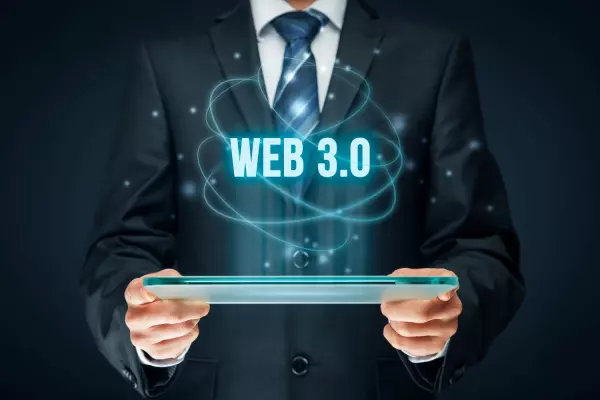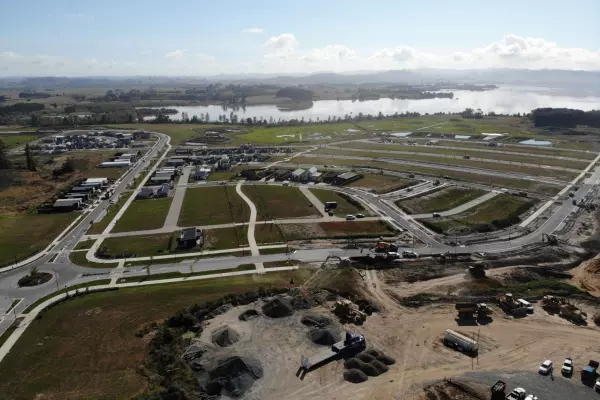Monday’s global stocktake of climate science made depressing reading.
The United Nations’ intergovernmental panel on climate change (IPCC) concluded that we need to halve global emissions by 2030 to avoid the more serious effects of climate change, which it confirmed is already manifesting itself in the form of extreme weather events.
Our inadequate efforts across every sector to decarbonise look even more pathetic in the face of stronger evidence linking heatwaves, flooding and droughts to our burning of fossil fuels.
We’ve left it far too late to transition to low carbon transport, renewable energy and cleaner agriculture.
Maybe if Al Gore had won the state of Florida in the 2000 US election and started his climate crusade from a position of power, we’d have had a chance of getting ahead of this.
Now we are seriously up against it and some of the climate change is now baked in for decades to come.
There is, however, one sector that can move at an accelerated pace to reduce emissions and to enable every other part of the global economy to do so as well.
Just a week ago, the world’s top five tech companies – Amazon, Apple, Alphabet, Facebook and Microsoft, reported over US$60 billion in profits – for the three months to June 30 alone.
We are experiencing, as a result of the covid-19 pandemic, a surge in uptake of digital services and devices driven by the move to remote working, greater reliance on e-commerce, and companies accelerating their move to cloud computing platforms.
Digitisation cuts carbon
On the face of it, those record revenues and profits look like exactly what we don’t need right now – growth and accelerating consumption, particularly in Amazon’s case, as it ships vast quantities of physical goods.
But an expanding digital footprint can mean a lower carbon footprint. The International Telecommunications Union, another United Nations body, estimates that digital technologies can help reduce global emissions by 17%.
“Because the main output of the information and communications technology (ICT) sector is information rather than physical goods – a concept sometimes referred to as ‘dematerialisation’ – ICTs can contribute to reducing the emissions and solid waste that emanate from other sectors of the economy,” the ITU reports.
 Source: International Telecommunications Union
Source: International Telecommunications UnionThere are two ways the tech sector can be part of the solution here rather than the problem – by helping us be super-efficient with the energy we do use and providing the tools to let us accelerate innovation in low carbon technologies that will fundamentally reduce emissions.
Precision agriculture, smart power grids, negative emissions technologies, electric vehicle networks, high-capacity battery storage and high-tech ‘industry 4.0’ factories – these all have the ability to lower emissions and are digital at their core.
Data analytics, artificial intelligence, robotics, advanced networks, remote sensing satellites and quantum computing can enable those technologies and allow us to do more with what we have.
Machine learning algorithms can more efficiently control a building’s temperature and help avoid traffic gridlock.
In environmental applications alone, widespread use of AI could reduce greenhouse gas emissions by 4%, according to the ITU, equivalent to the 2030 annual emissions of Japan and Australia combined.
But to play that crucial role in enabling the emissions reductions, the tech sector first has to get its own sustainability story straight.
Greening data centres
The industry produces 2-to-3% of the world’s emissions, small compared to other sectors. But that is growing due to the expansion of our digital footprint, which has necessitated construction of power-hungry data centres.
Making sure those facilities are carbon neutral by the end of the decade, by powering them from renewable energy sources, is now a major priority for the big three public cloud providers – Amazon Web Services, Microsoft and Google.
Meanwhile, Bitcoin mining operations in China and elsewhere are facing shutdown due to their huge energy requirements.
For those tech companies that sell hardware devices, such as Apple, Google and Microsoft, there’s also a lot of work to do.
They have been successful in coaxing consumers into buying a new device on a regular basis.
Sustainable hardware
We need regulations preventing so-called built-in obsolescence and ensuring a ‘right to repair’ so our digital devices have a longer lifespan. They need to take more responsibility for the e-waste they are responsible for producing.
At the other end of the supply chain, they need a more sustainable supply of precious metals and raw materials to build the devices that are in such hot demand.
A company like Amazon, with such power over what consumers buy, also needs to be more proactive about vetting the sustainability credentials of products it allows to be sold through its massive online store.
Work is already underway in all of these areas.
But with the digital economy booming, the tech sector is printing money while we roll towards disaster.
With its appetite for exponential change and disruptive innovation, it's this sector that can help the entire economy accelerate its emissions reductions.
But tech leaders need to truly buy into that mission and start by ramping up moves to decarbonise themselves.













